All about perforated channels

Knowing everything about perforated channels, it will be possible to choose them clearly and competently. We'll have to study ShP 60x35 and 32x16, 60x32 and 80x40, galvanized mounting channels and other types of structures. You will definitely need to deal with channel steel St3 and other brands.

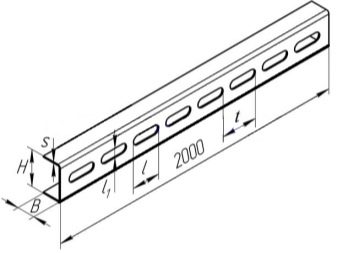
Features of production
Perforated channel - both assembly and other types - can be produced at specialized rolling mills. Bending devices of this kind can only be used in professional industries. Often, channel steel is also processed using laser welding. This method will guarantee increased accuracy and excellent quality of the finished product. In many cases, St3 alloy is used.
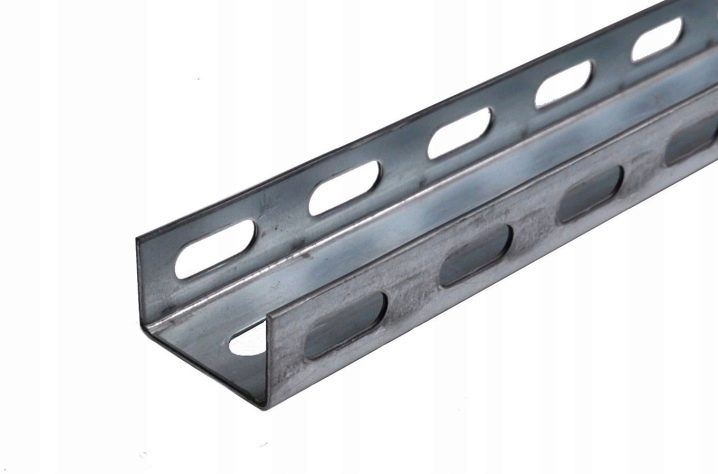
This metal contains a maximum of 0.22% carbon and a maximum of 0.17% silicon. The manganese concentration can be up to 0.65%. Working temperatures - from -40 to +425 degrees. A galvanized product is often made from St3. It is superior in corrosion resistance to conventional alloy.
Zinc is allowed to be applied only to:
- carbonaceous;
- constructional;
- low alloyed alloy.
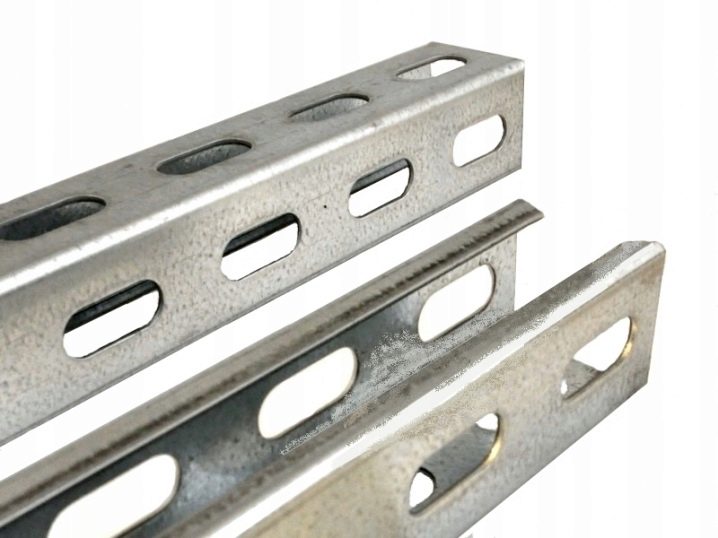
The bent channel is made on rolling mills. To obtain it, they take both cold-rolled and hot-rolled steel. Cold metal is more resistant to shape-changing loads. Channels are often made from 09G2S steel. Other grades of metal are practically not used.
Specifications
When evaluating models of perforated channel structures, it is worth mentioning first of all the version with dimensions of 60x35 mm. The first of these numbers stands for the width, and the second for the height of the finished product. There is another marking system, in which instead of the 60x32 index, a more detailed designation is used - 60x32x2 (the last digit indicates the thickness of the metal walls). Typical products are in many cases supplied in lengths of 2000 mm.
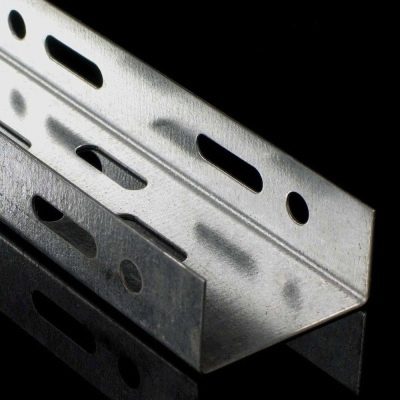
That is why there is a third variation of marking, in which length is added. Let's say, not 80x40, but 80x40x2000. There is also a metallurgical product with a size of 40x80x2000 mm. The perforated channel 32x16 with a thickness of 2 mm and a standard length of 2000 mm is in demand.
Often such products are coated with a layer of primer.
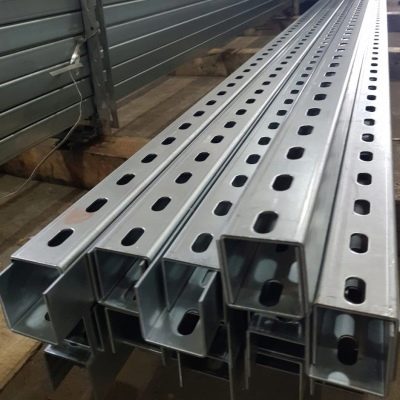
In any case, for metal structures with perforation, the weight of 1 m will be less than for full-size products. This fully applies to a product with a size of 40x40 with the location of the holes in the lower part. Especially light will be structures, the thickness of which will be not standard 2, but reduced 1.5 mm. Channel 60 by 31 mm and 65x35 mm will have to be ordered additionally. Where serial models are more common:
- 60x30;
- 60x35;
- 45x25.
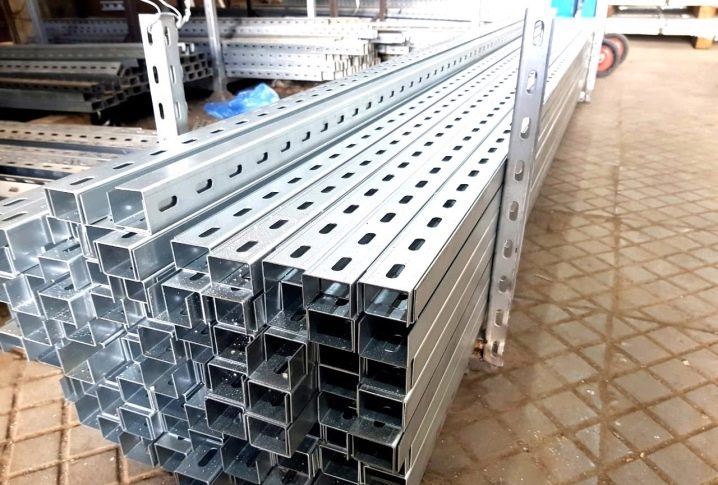
Marking and stamps
A standard perforated channel is designated ШП. Advantageously, such a metallurgical product is punched at the base, although there may be exceptions. Channel block K235 is also popular. A zinc layer is applied to it by hot method. He - as well as K225, K235U2, K240, K240U2 - is intended for electrical installation.
The K235 has 99 holes. The weight of this version is 3.4 kg. The gap between the shelves reaches 3.5 cm, and the height of the shelves will be equal to 6 cm. Channel K240 weighs 4.2 kg and has 33 holes; K347 has a mass of 1.85 kg, and the number of holes is 50 pieces.
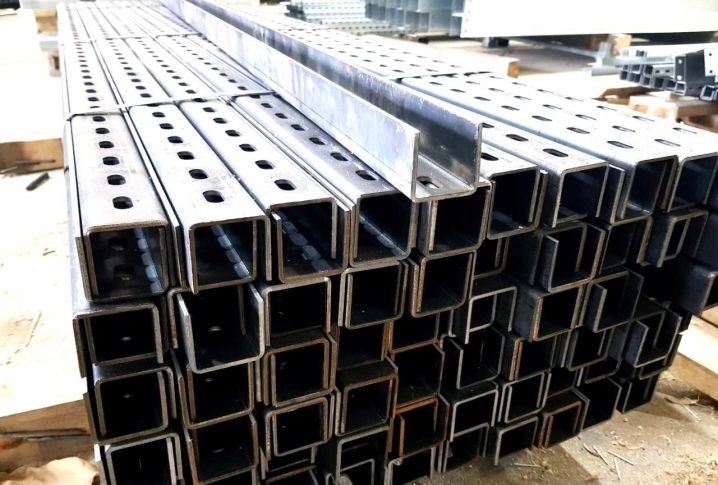
Models U1 and the like are produced not because it is such a necessary product, but because the equipment has not yet had time to work out its resource.
The numbers at the beginning of the designation correspond to the height of the shelves (in centimeters). Marking may indicate certain properties of structures:
- П - ordinary parallel faces;
- E - parallel faces, but with increased efficiency;
- У - angular placement of shelves;
- L - lightweight version of the product;
- С - specialized product;
- Ts - galvanized;
- the numbers in brackets at the end of the marking are the thickness of the base layer.
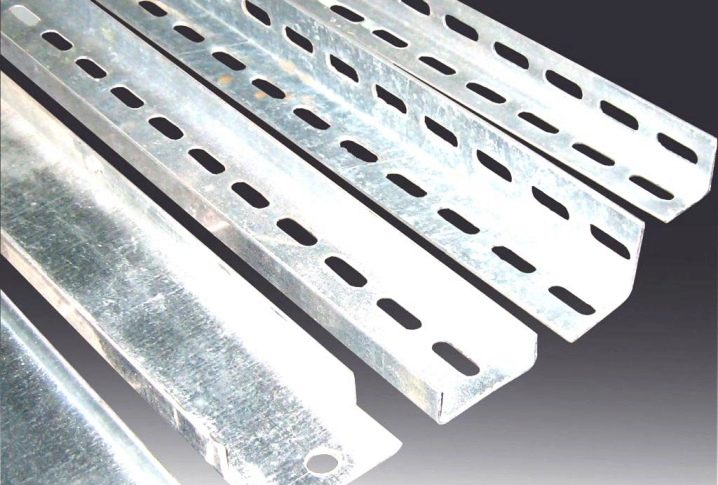
Application
Modern perforated channels can be used:
- in heavy industry;
- when laying cables and other communications;
- in the creation of electrical equipment;
- in the production of racks, racks and other metal structures;
- for fixing pipes and cables;
- when decorating buildings inside and outside;
- for the construction of small building structures;
- in the frames of cable systems;
- for the purpose of hanging fire extinguishing complexes and their individual components.















The comment was sent successfully.